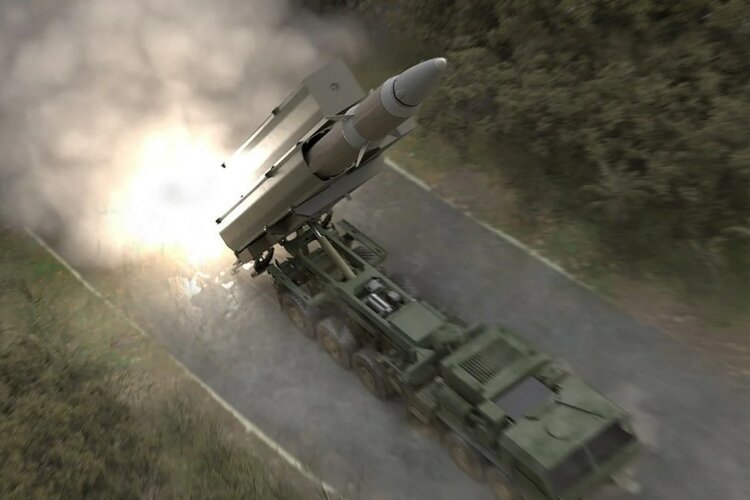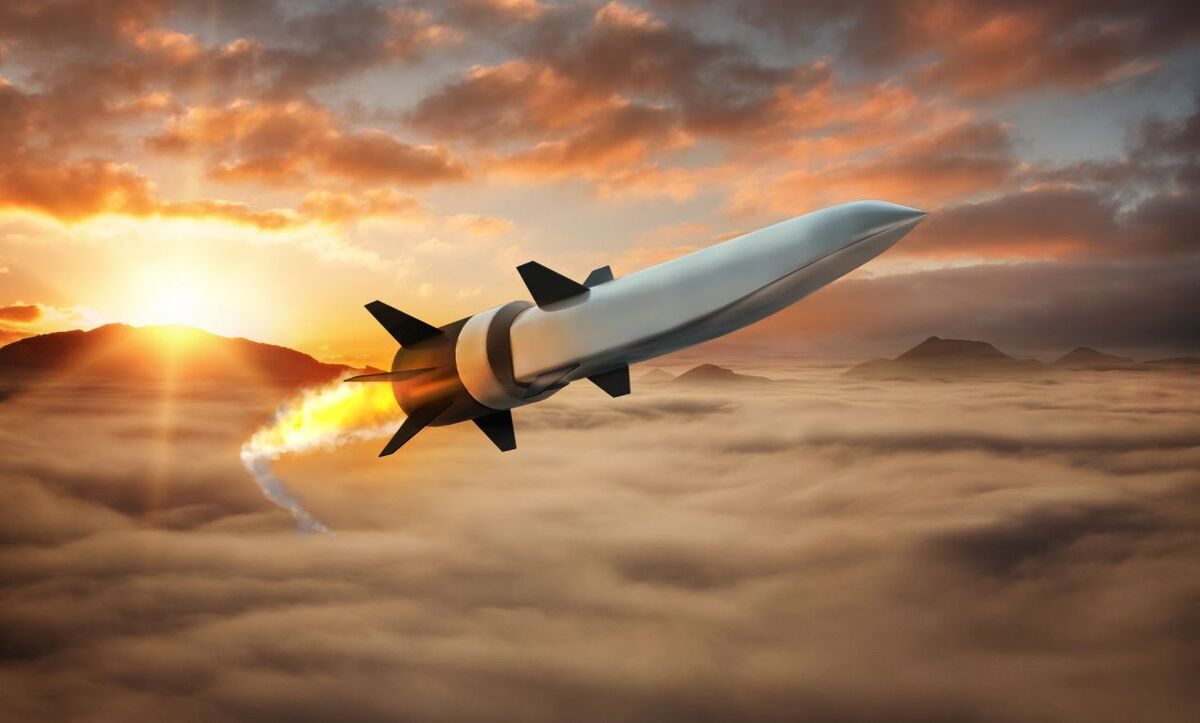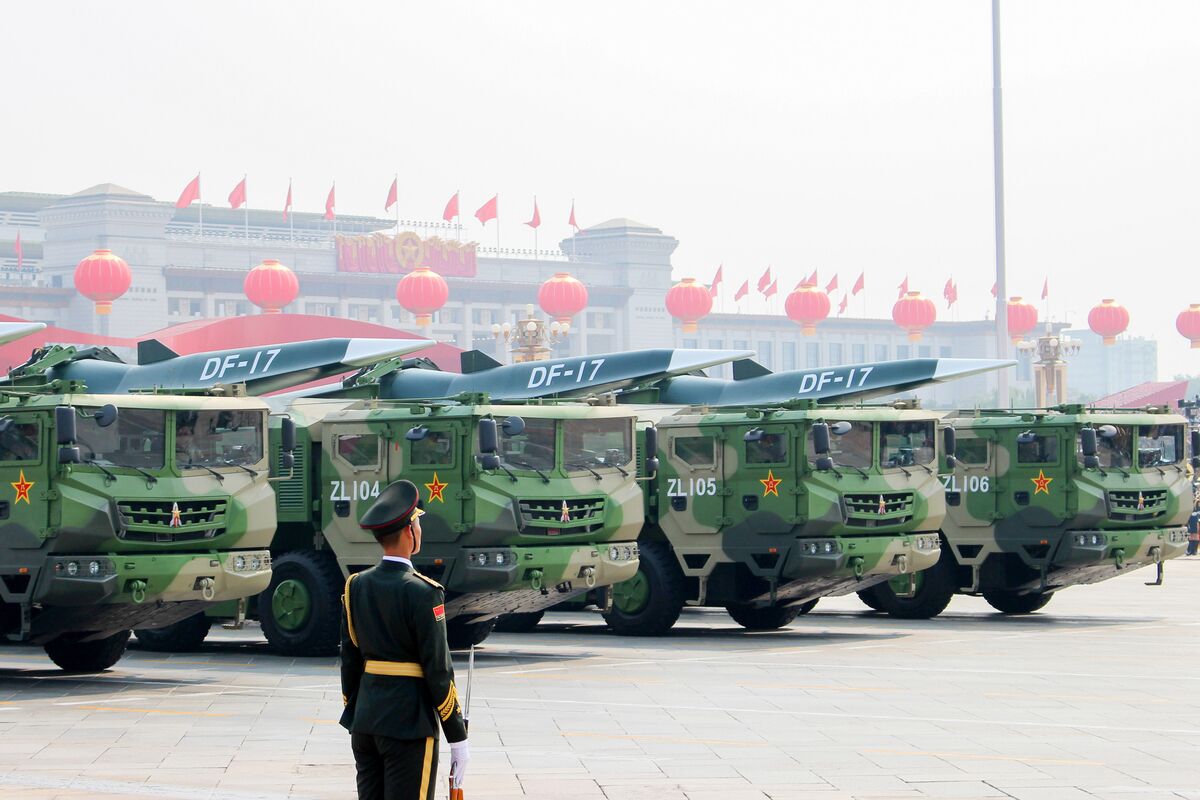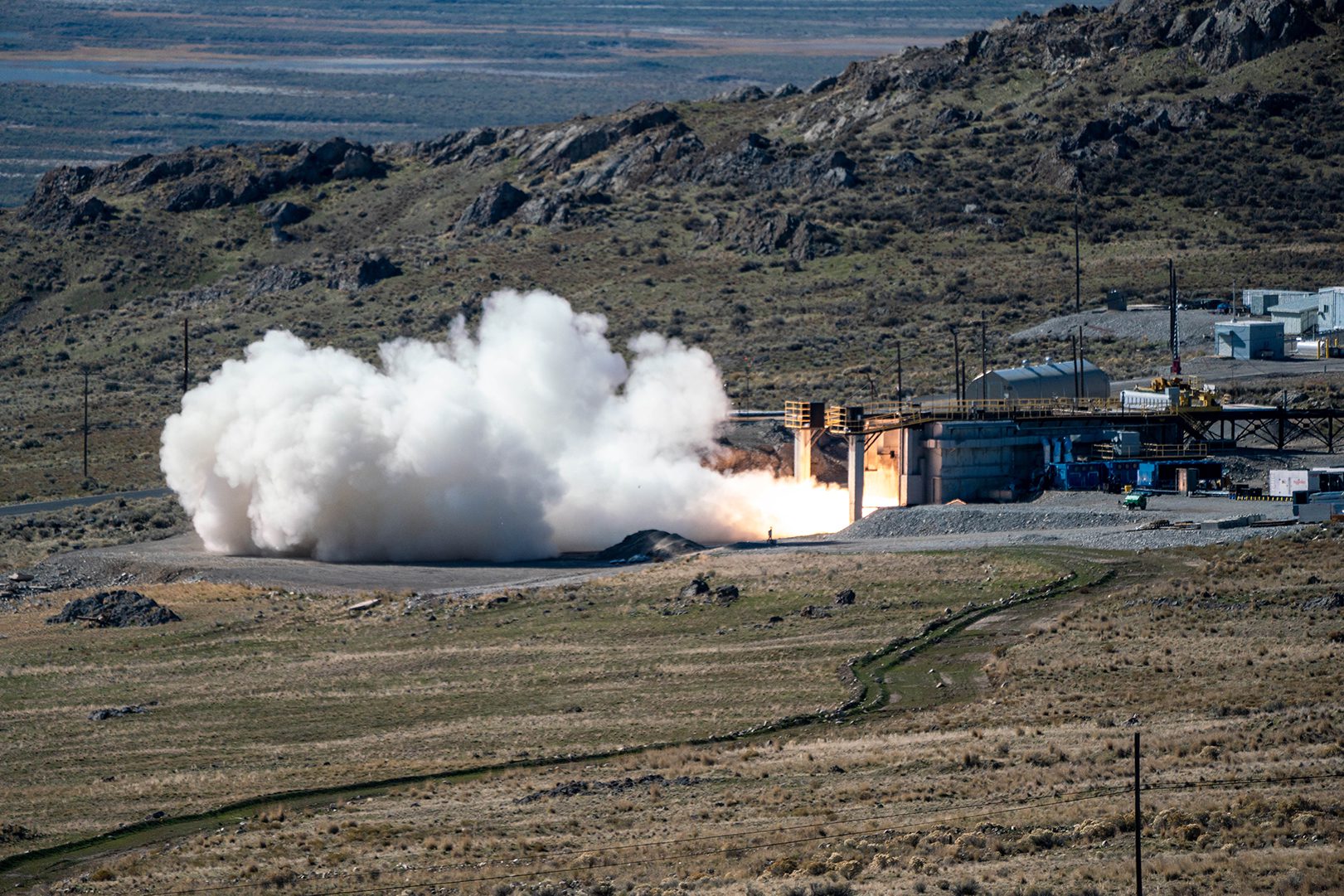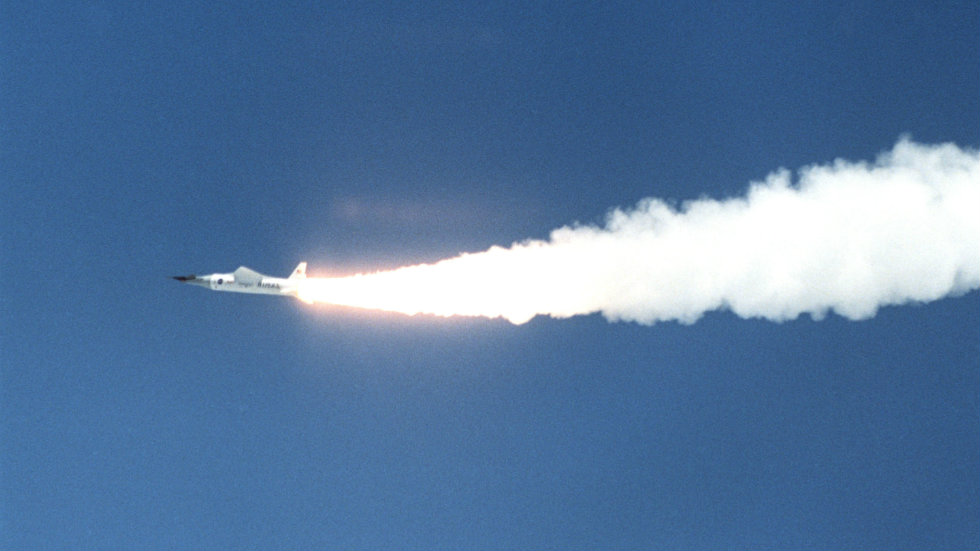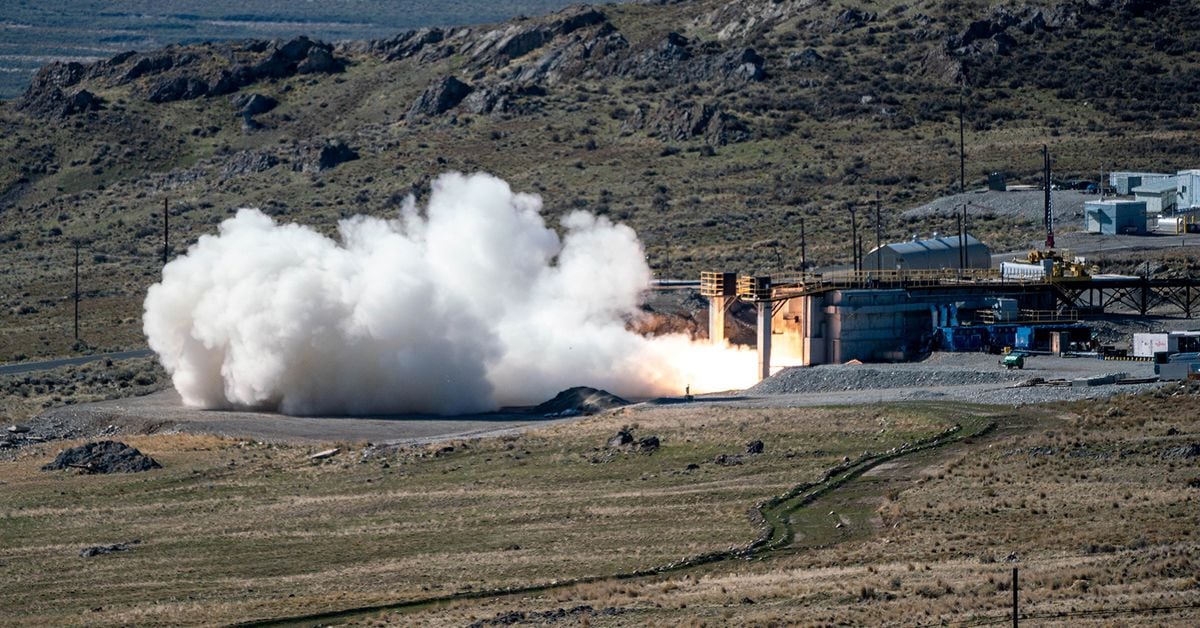Did it fail because of the glider, or did it fail because of a faulty test booster (which we have plenty of leftover from the Cold War)?
Doesn't matter. A failed test means they couldn't test what they wanted to test on the Glider. Which means another test has to be conducted to do that experiment, which means likely delays. We will see if they do the first LRHW test before year end as was planned. That would already be a delay relative to the very first schedule but at least it will be close to what they claimed they'll do earlier this summer. If they can't then that 2023 fielding date is probably unlikely. TBG on the other hand is more than two year late. TO BEGIN FLIGHT TESTING. So even if they ace the tests you're likely looking at a 3+ year total delay. 3 years is what the AF wanted to field the entire ARRW program in (see att.) which just goes to show how much of a sham the whole OTA contracting business really is.
Do you believe the performance fidelity and capability of what China is fielding right now is a major concern?
The Chinese believe that their S&T community has developed, their industrial capacity has produced, and their operators fielded what they need as far as these systems are concerned. At least the initial weapons. They continue to out test the rest of the world and will no doubt continue on a rapid trajectory of improvement across the gamut. The DOD takes their capability serious enough to demand GPI's so it must be challenging enough for them.
Meanwhile, we have folks sell us pie in the sky ideas like developing a new fighter every five years when we can't even field a sub-system in that timeframe.
No one is panicking. But good to level set and realize that you are trailing some of your opponents and must catch up. And catching up seems quite unlikely in the long term if you don't significantly accelerate your pace of development, testing, and investment. All those claims were made by DOD officials as recently as last year. But they never really ramped up which is a clear indication that there are delays. Those could be short term delays (few months to a few years) or long term delays (complete program terminations). We won't know until next year.
On top of that, we have folks already out there saying the weapons we can't seem to design and field on time, are too costly even if they are developed, perform to specification and fielded. So there is a small chance that we never really build up an inventory because folks think a LRHW should cost as much as a JDAM or a JASSM.
Backing away and looking at the bigger picture, it is really about prioritization. We are very advanced when it comes to scramjets. So why does the AF or Navy not field a weapon yet? Because until very recently (literally 12 months ago), they didn't want one. Overall, the DOD is not super interested in hypersonic. At least not when it comes to investment. We spend around $3.5 billion on offensive hypersonic development in FY-22. That's 3% of the total RDT&E budget for the DOD. Does that seem like the level of investment coming from someone greatly interested in dominating this in terms of fielded weapons? How much did they spend on acquiring capabilities like PGM's, stealth aircraft, advanced command and control etc. historically? Or mastering ballistic missiles, missile defense or even space launch? If you invest such a small amount and have operators reluctant to launch weapons programs you will be late. No one is going to create test infrastructure or an industrial base for weapons the services dont' really want. We do have a roadmap that if enacted will place on a glide path to dominate numerically particularly with scramjets. But for that to be successful it needs services to buy in. Will CQ Brown put in a program that demands 2000 HACM's to be fielded? They have built programs to get them that level but so far the services have been reluctant to launch full fledged programs choosing instead to wait and watch utilizing OTA prototyping contracts.



